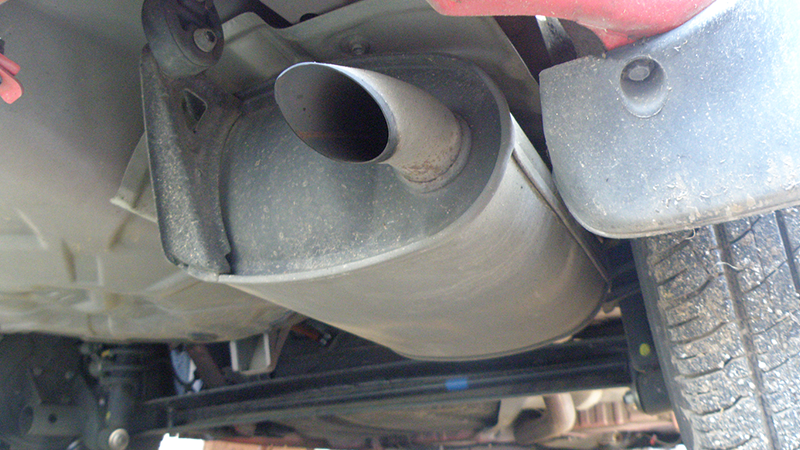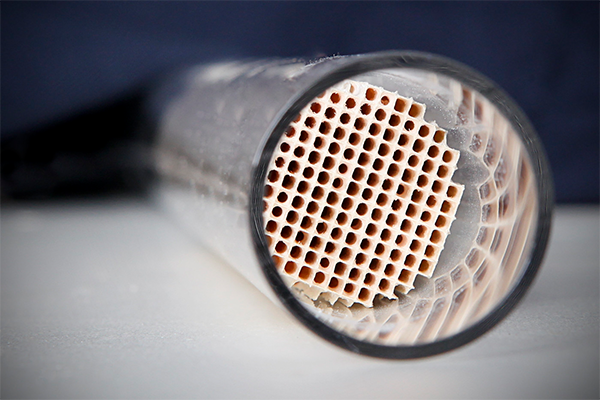The O2 Sensor is An Important Part of your Emissions System
The oxygen sensor is one of the most important parts of your vehicle's emission-control setup and was one of the earliest advances in modern sensor systems and engine controls. Oxygen sensors (or O2 sensors) were commonplace on '80s-era vehicles, when fuel injection hadn't yet been introduced and the “feedback carburetor" controlled fuel metering.
What Does the Oxygen Sensor Do?
The engine control computer has to know the composition of exhaust gases in order to make calculations on fuel metering, fuel delivery, and timing. The O2 sensor is mounted in the exhaust stream, usually with one sensor not far from the exhaust manifold and one farther down after the catalytic converter. The sensor measures the oxygen content of the exhaust gases and compares it to the oxygen proportion in ambient air, and sends information on the gases to the engine computer. Most newer vehicles have a heated element to the O2 sensor to compensate for when the engine is cold and will be putting extra fuel into the cylinders until it reaches operating temperature.
Older O2 sensors would typically last for 30-50,000 miles before needing replacement, while heated O2 sensors can go 100,000 miles before it's time to replace them.
How Can I Tell If An O2 Sensor Has Failed?
What happens to O2 sensors over time is that they tend to become fouled with carbon and sooty deposits, or the element just simply erodes and wears down like the electrode on a spark plug. They can also become fouled if any silicone from grease or lubricants makes its way to the exhaust stream, or if any oil or coolant make their way to the combustion chambers. If the oxygen sensor is too worn out, it will lag in response time or can just stop working altogether.
If it sends voltage readings that are outside of norms, the computer will register a trouble code and illuminate the Check Engine light (CEL) on the dash. From there, a technician can connect a scanner to the vehicle's diagnostic port and access the trouble code. Here are some other symptoms of a failing O2 sensor:
- Poor fuel economy
- Loss of power
- Black smoke from tailpipe
- Failed emissions test
- Rough idle
- Hesitation or stalling
It's true that many of these symptoms could be caused by various problems, but the trouble code from the O2 sensor will narrow it down quickly.
Replacing the O2 Sensor
Replacement is usually not a difficult job, although on some models the sensor can be difficult to access and may require removing other parts. The other issue that comes up with replacing oxygen sensors is that they go through so many heat up/cooldown cycles that the threads tend to seize, making removal difficult. Some techs find it necessary to heat up the base of the sensor with a heat gun or torch to expand the metal and make removal easier. Read this article to learn more about how to replace your vehicle's oxygen sensors.









